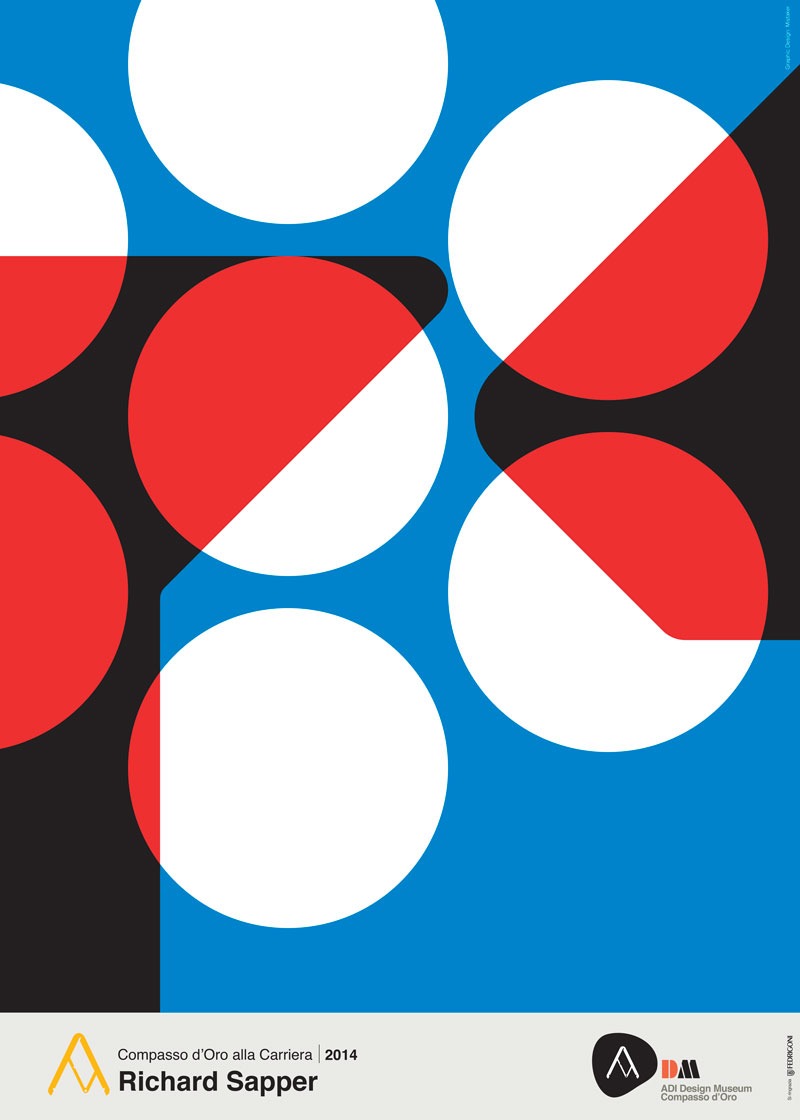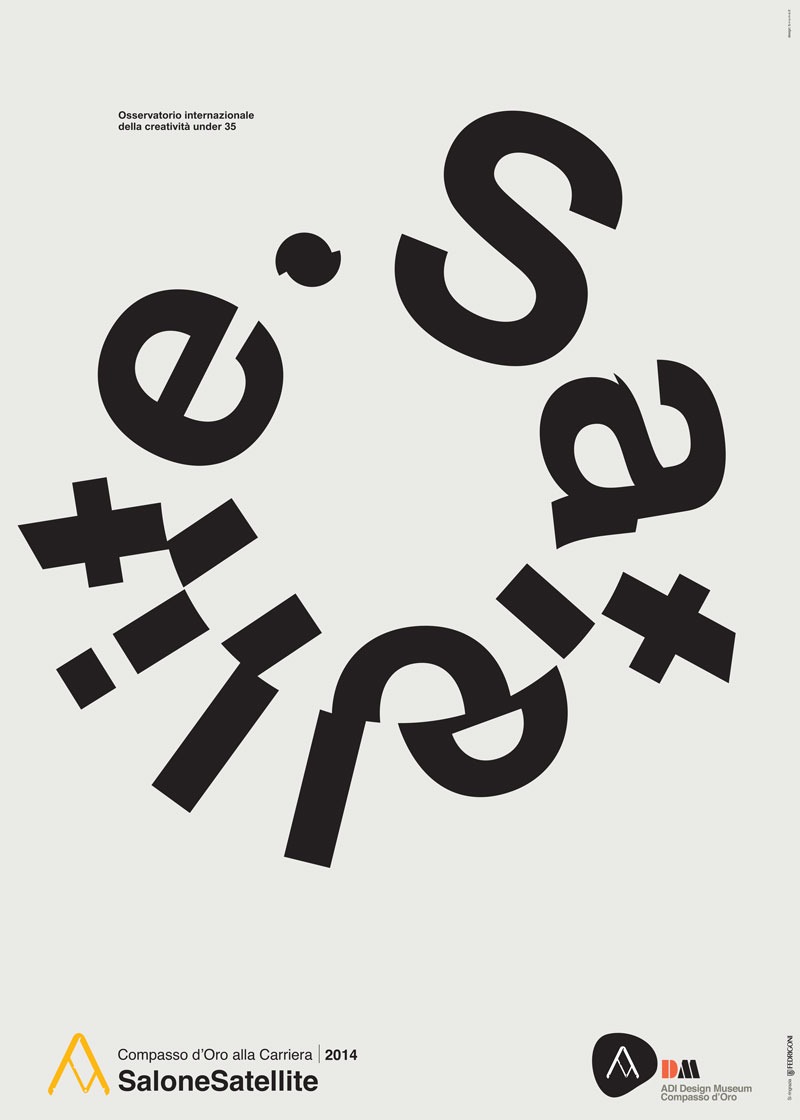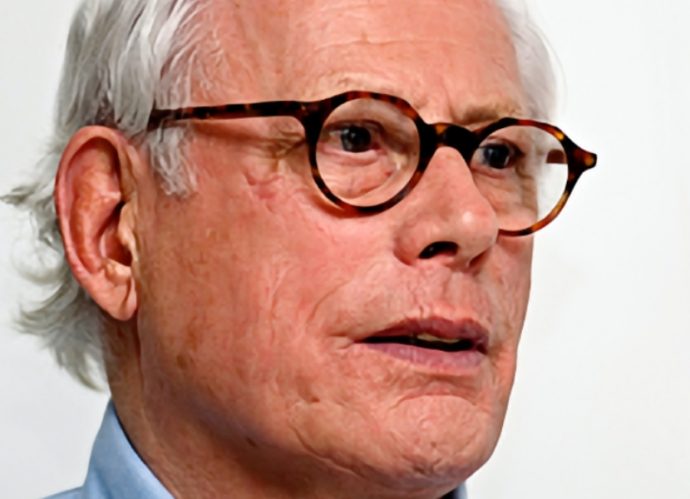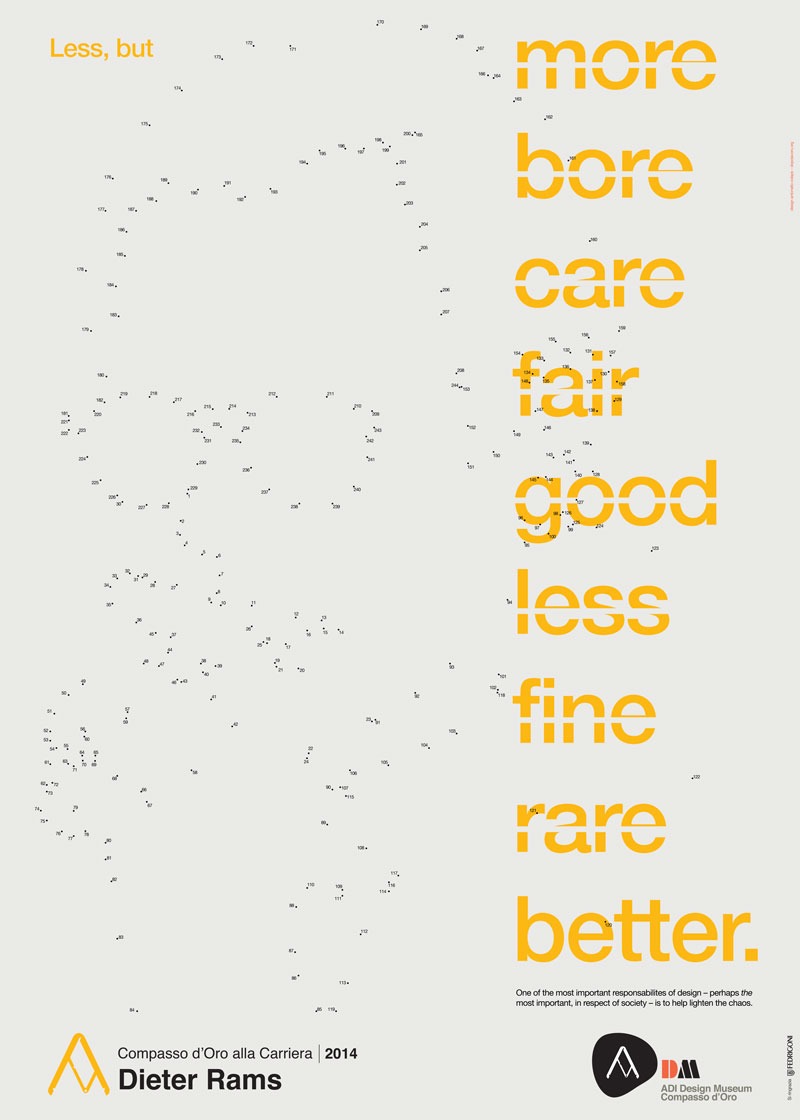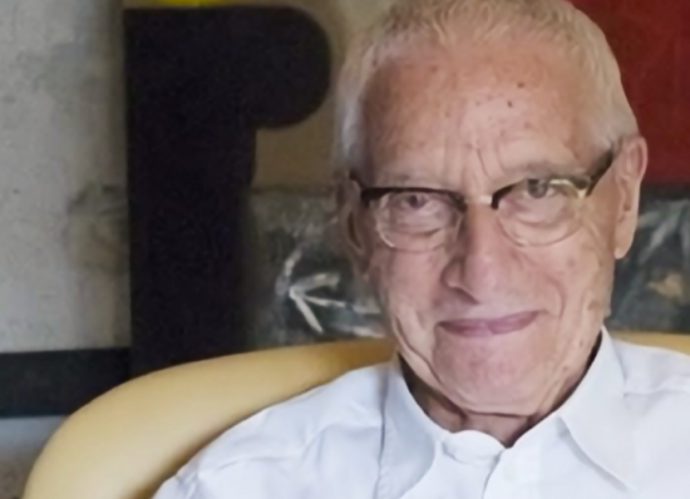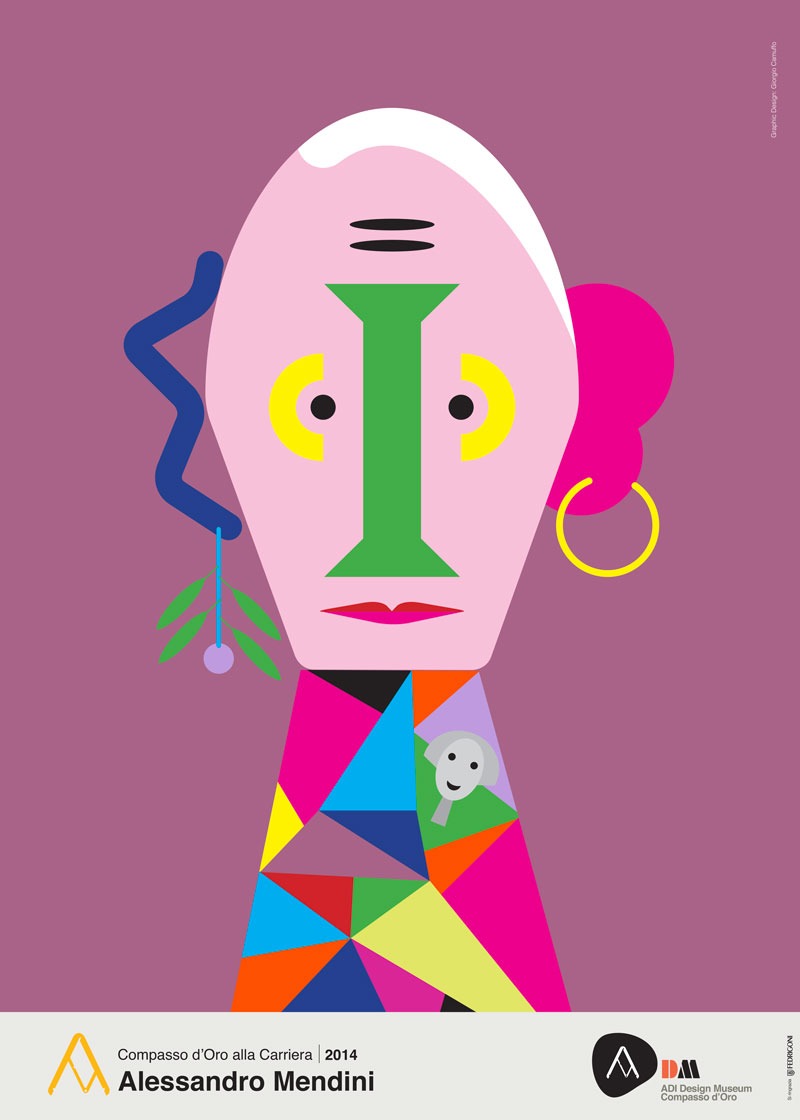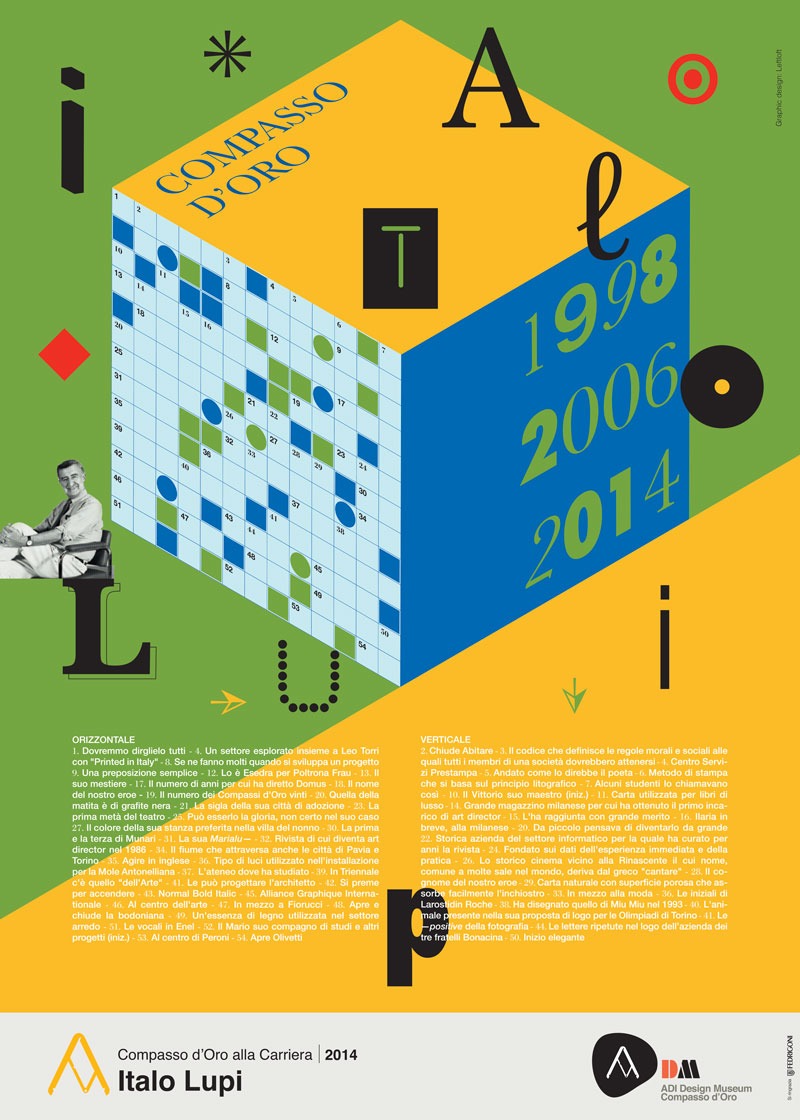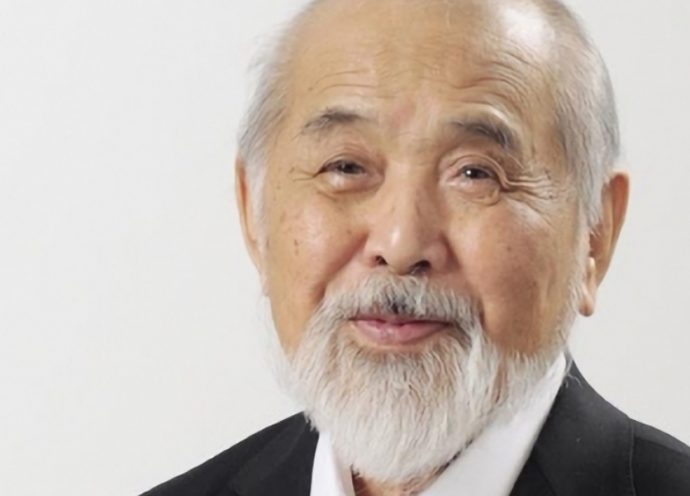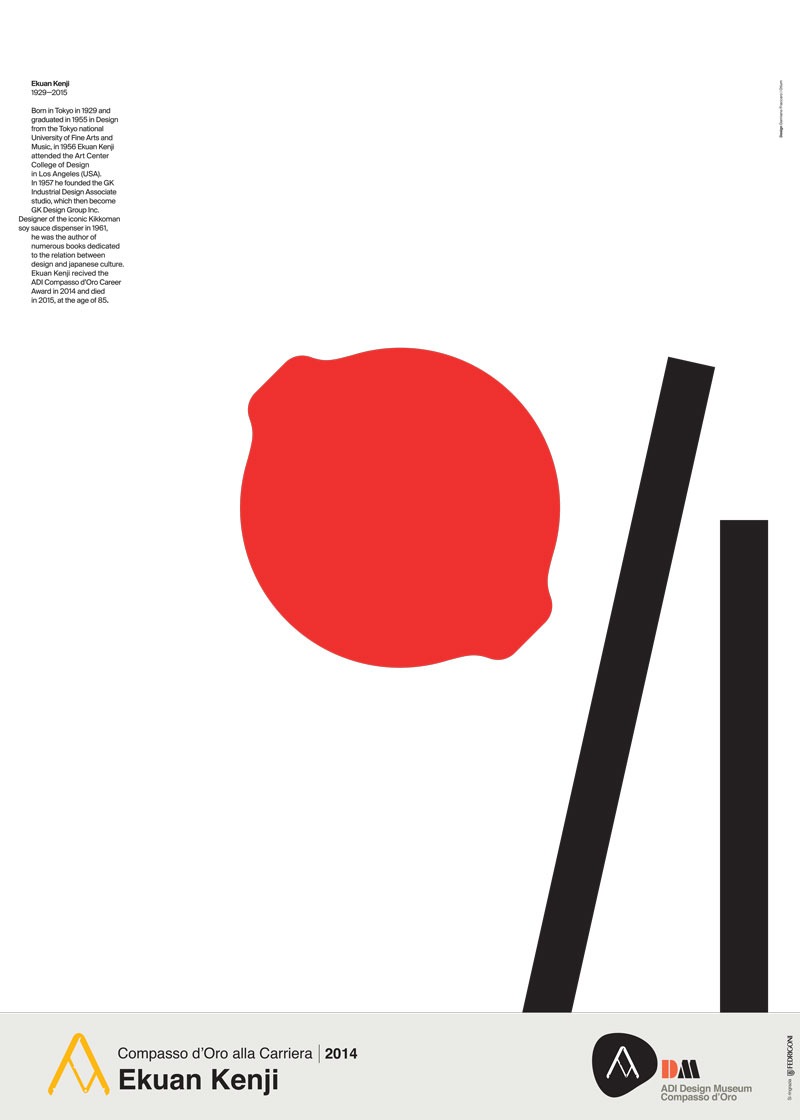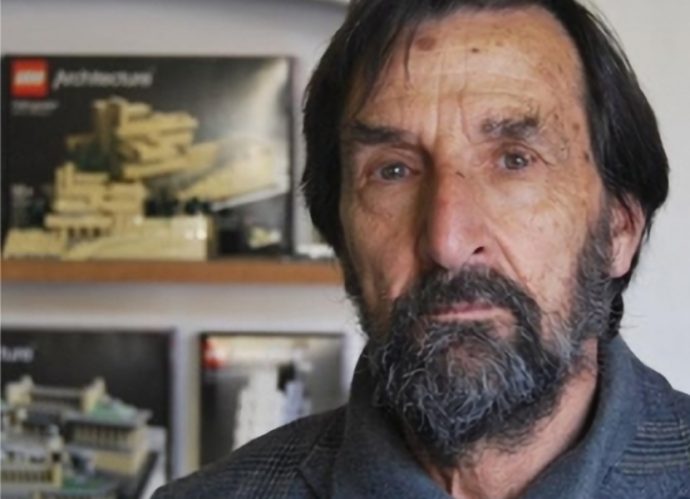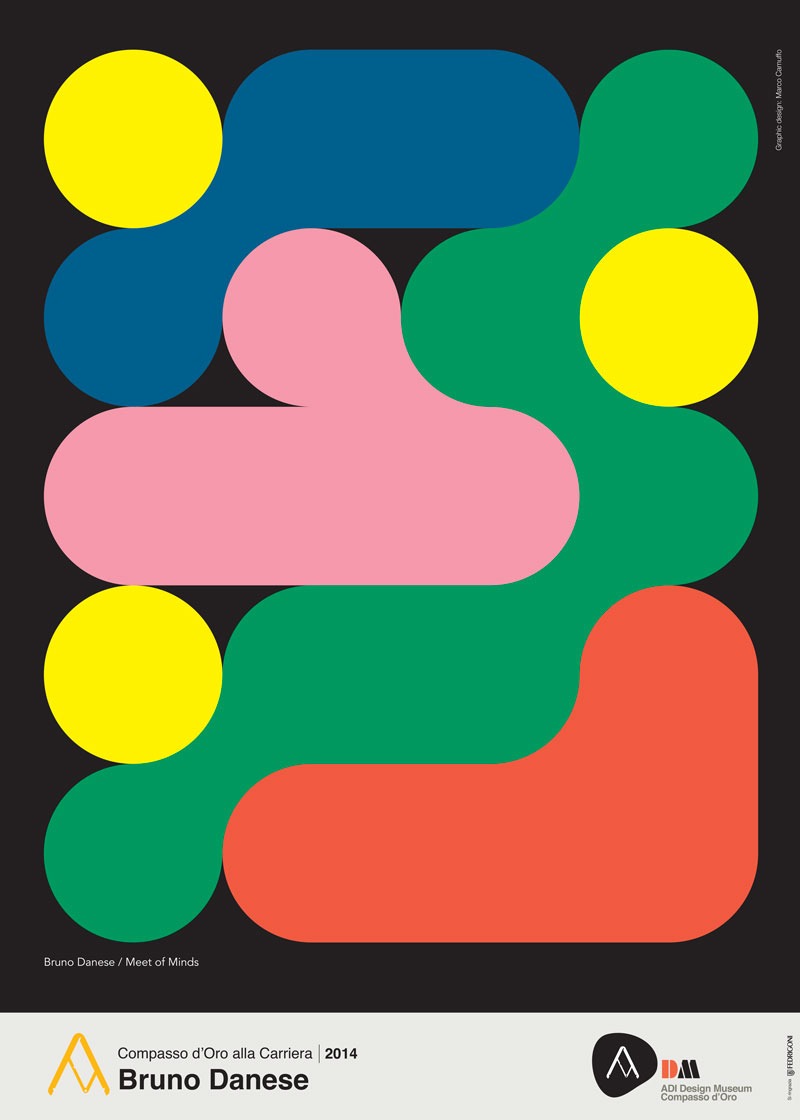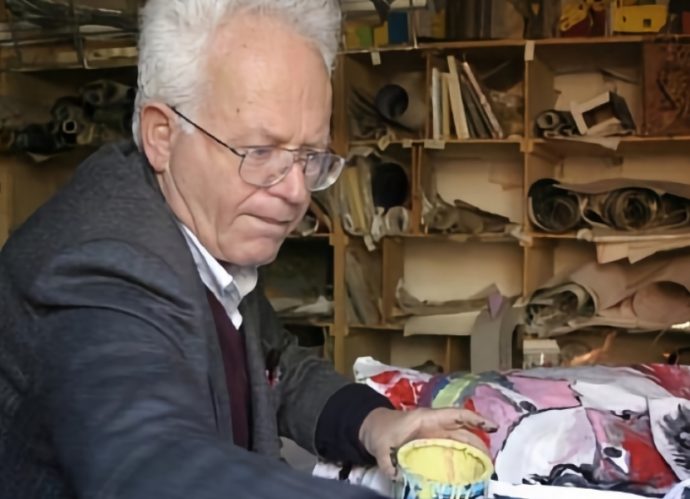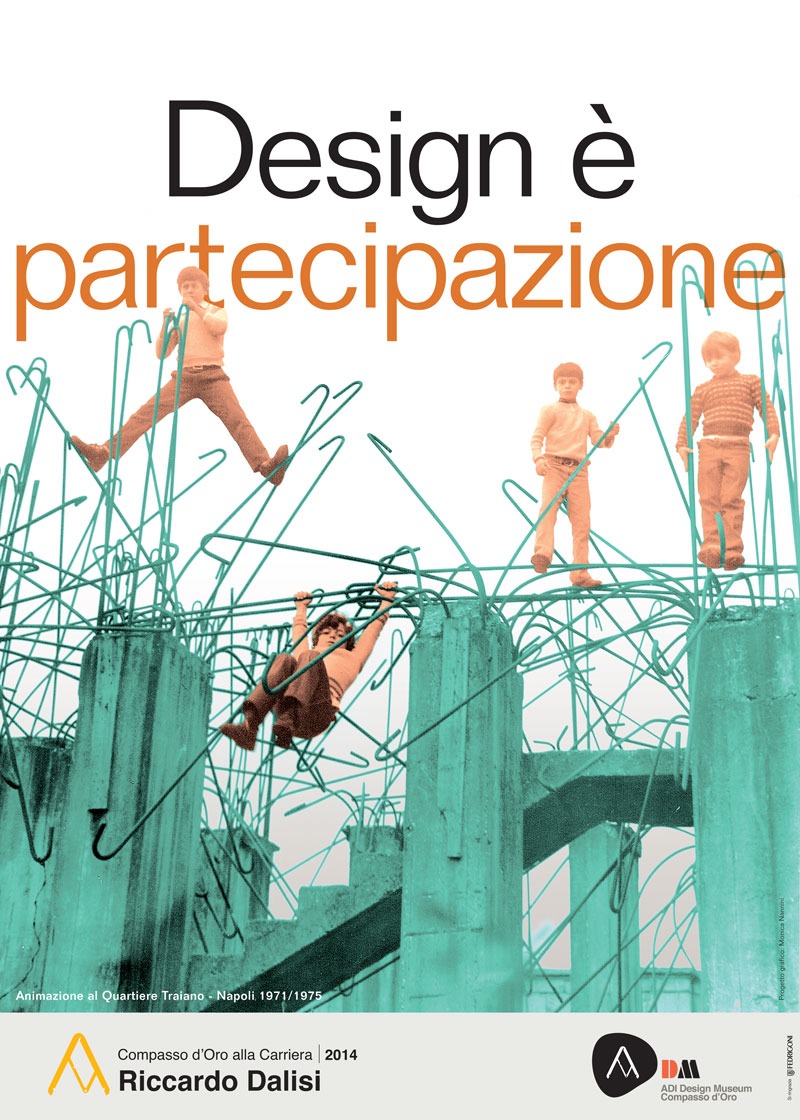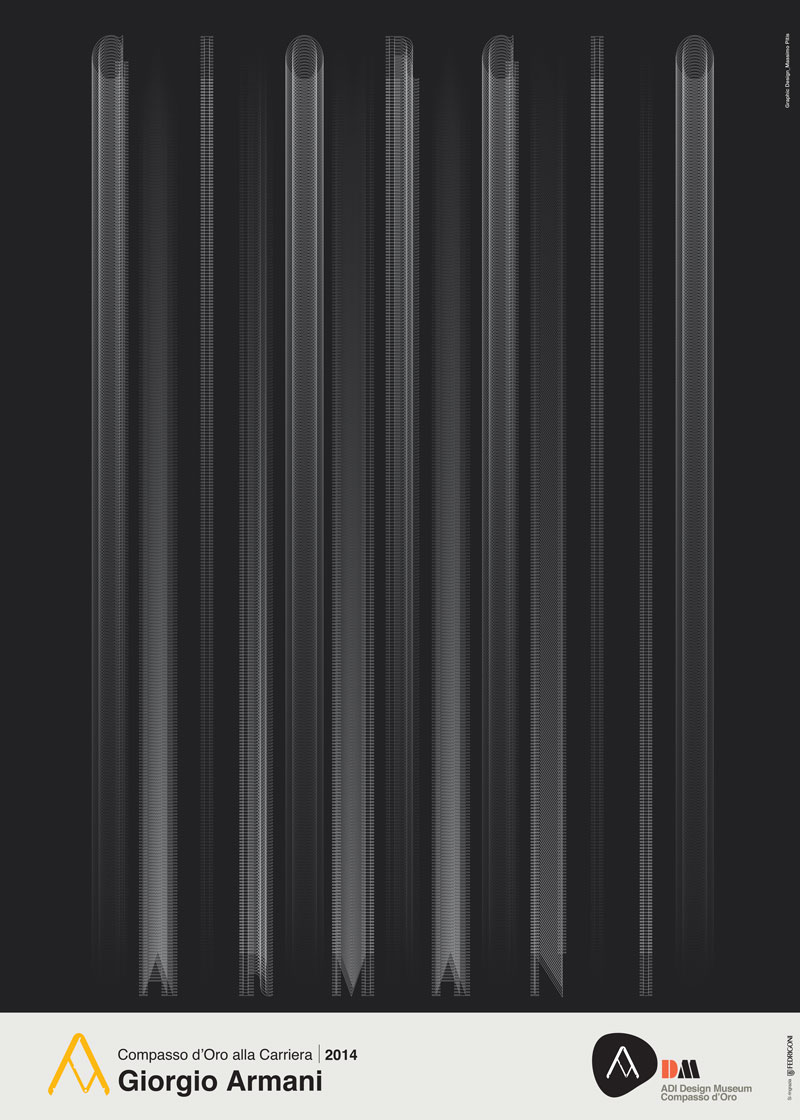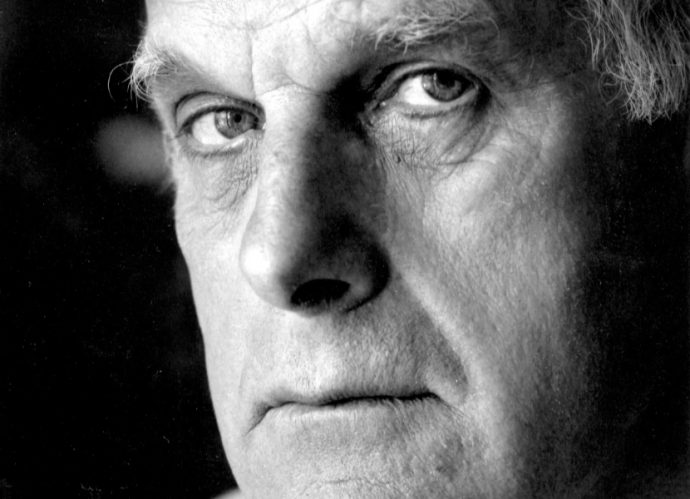
Born in Munich in 1932, he began his career in the Daimler-Benz Style Centre in Stuttgart, then moved to Milan where he opened a studio in 1959. His collaboration with Marco Zanuso, which began in the 1960s, continued for many years with the design of a series of televisions and radios for Brionvega. From 1980 he was the principal design consultant for IBM and Lenovo, for which he oversaw the design of personal computers worldwide. He designed the first ThinkPad laptop in 1992, the Leapfrog laptop (winner of the Compasso d’Oro in 1994) and numerous subsequent models. He oversaw the design and development of a wide range of products, from boats to vehicles, from electronics to information technology and from furniture to kitchen appliances. He taught at universities around the world and received numerous awards. He was an honorary member of the Royal Society of Arts in London and a member of the Akademie der Künste in Berlin. In 2010 he received an honoris causa degree from the University of North Carolina and in 2012 he received Cross of Merit of the Federal Republic of Germany from the President of the Federal Republic of Germany.
